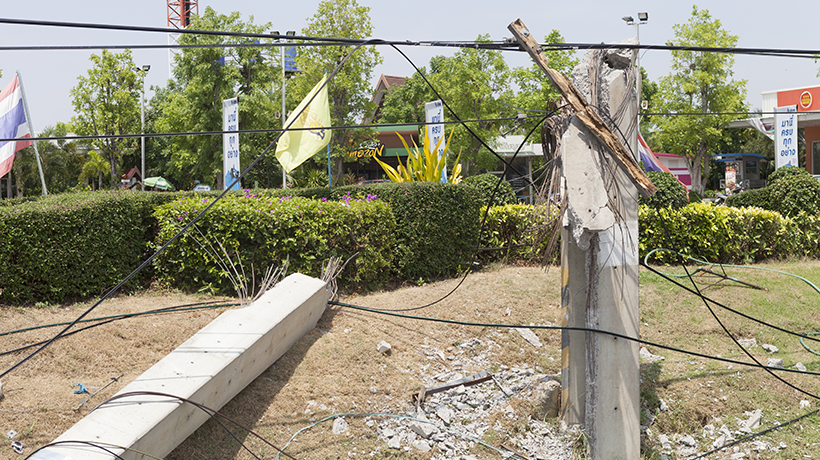Today’s utility customers are demanding more access to outage information from their providers. With smartphones, social media, mobile apps and the Internet of everything, utility customers want to consume that information from a variety of sources and across multiple communication modes.
Consider this: a recent Pew study reported that 64 percent of American adults own a smartphone with younger adults, minorities and lower-income Americans depending on their smartphone for Internet access. In China and Russia, smartphone and cellphone adoption has outpaced the U.S. So what does all of this data mean for utility providers?
The need for utility providers to embrace new communication technologies and methodologies to inform their customers about restoration efforts has never been greater. While many utility providers are embracing text-based notifications, emails, social media, and online portals, they are mostly being reactionary in their approach to communicating with customers. Utilities using social media typically don’t monitor the social media accounts on a 24-hour basis, only when employees are working and the data is available from the outage management system (OMS).
The change in mind set should be toward being more proactive. Automating the process of integrating the systems that have the information – the OMS – with the systems that interface with the customers (CIS, social media, the web) is the next evolution of improving the customer outage experience. While it’s important that the messaging is consistent across the customer facing systems, customers expect communications in more real-time. It’s time to stop waiting for a customer service representative to tweet about an outage event.
Utility customer expectations are being shaped by other industries and the apps and technology that they provide. We live in a world where people can track the delivery of their pizza; they can track their Uber driver’s GPS coordinates with an estimated time of arrival. Consumers are able to get real-time alert notifications for flight changes or if they have a Facebook friend nearby. Other industries are setting the bar that when real time information is available, they will communicate it. And while the restoration of power is different with many more variables, the basic fundamentals can be applied to provide more information to customers when it is known.
Creating the new customer outage experience is all about getting customers what they want (the most up to date info), when they want it (on demand), how they want it (which channels like social media, phone call, sms, email), where the work crews are, (crew status), and why it happened (the outage cause).
Change takes time. Rethinking the customer outage experience and implementing proactive communication technologies and methodologies to enhance and improve that experience also takes time. The fact that industry leaders and utility providers are discussing these topics at the recent Chartwell Outage Communication Conference means that as an industry, we’re moving forward in the right direction. And that’s change worth talking about.















